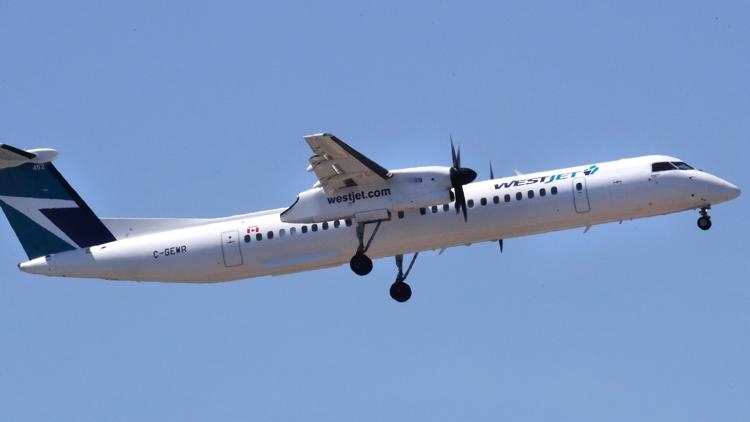Local News & Alerts
Carson Beck leads the No 10-ranked Miami Hurricanes as they host Heisman Trophy winner Fer...
More
The Oregon mens and womens tennis teams earned fairly pedestrian wins over the weekend aga...
More
Seattle Seahawks running back Zach Charbonnet will miss the remainder of the playoffs with...
More
The Super Bowl will kick off with some of Americas most popular punks in Californias Bay A...
More
In the wake of spiraling tensions between the United States and Iran over Tehrans violent ...
More
Several faith leaders are urgently calling for protecting the rights of worshippers while ...
More
A deal between the Syrian government and the Kurdish-led Syrian Democratic Forces seems to...
More
60 Minutes says it will air a report Sunday on Trump administration deportations a version...
More
In a text message President Donald Trump told Norways prime minister he no longer felt an ...
More
Its easy to think of a district conference as something we should attend Its on the calend...
More
The airline said it will remove one row of seats from select aircraft restoring previous l...
More
On Monday at 221 pm the National Weather Service issued a beach hazards statement valid fr...
More
Trail Blazers forward Deni Avdija finished fifth in Western Conference fan voting for the ...
More
The pregame performances will begin at 730 pm ET
More
Its Chamber Monday Minute time with Rosey Want to know whats going on this week in the Ba...
More
As communities across the country on Monday hosted parades panels and service projects for...
More
The woman was found Monday morning on a beach at KGari formerly known as Fraser Island
More
Police officers found a woman with an apparent stab wound at Northwest 13th Avenue and Nor...
More
The National Weather Service issued a special weather statement at 139 pm on Monday until ...
More
A list of which players with Oregon ties could suit up for the NFL conference championship...
More















